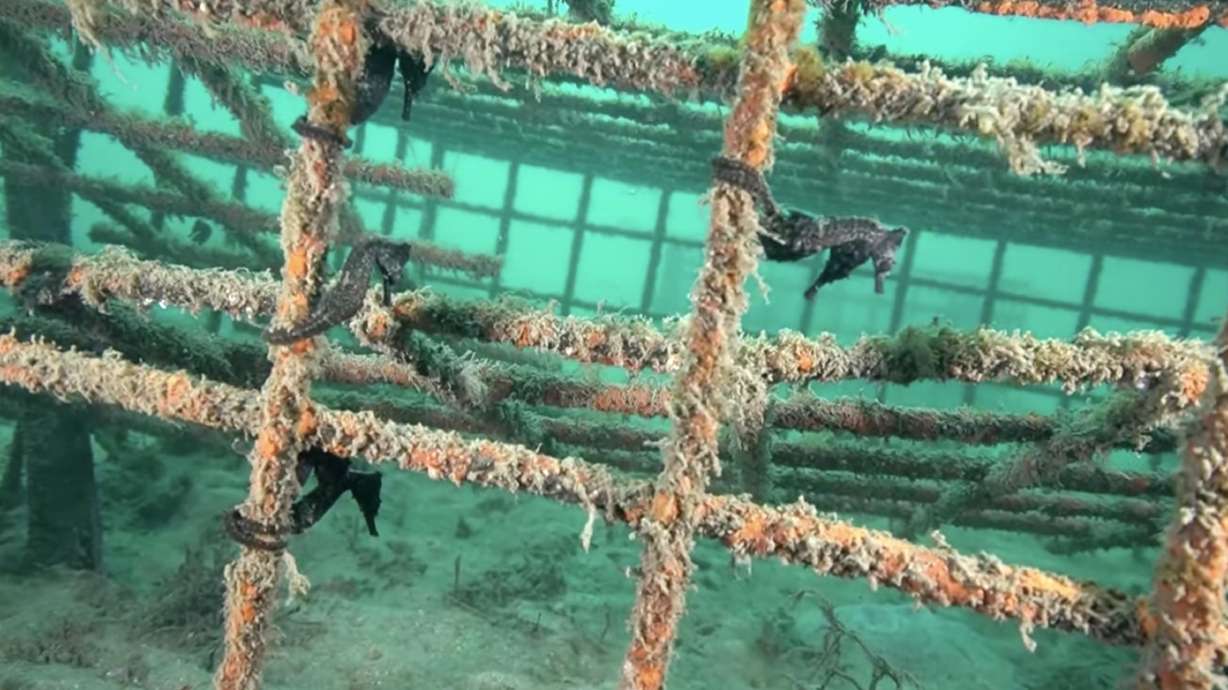THE SEAHORSE HOTEL — Underneath the Sydney Harbor in Sydney, Australia, a reclamation project is taking place.
Mitchell Brennan is the project manager of the Sydney Seahorse Project, a collaborative effort focused on conserving Australia’s endangered White’s seahorse.
“We’ve seen dramatic population losses, which means that we need to act now in order to help these guys persist into the future,” Brennan says in this Reuters video.
 1·1 year ago
1·1 year ago

